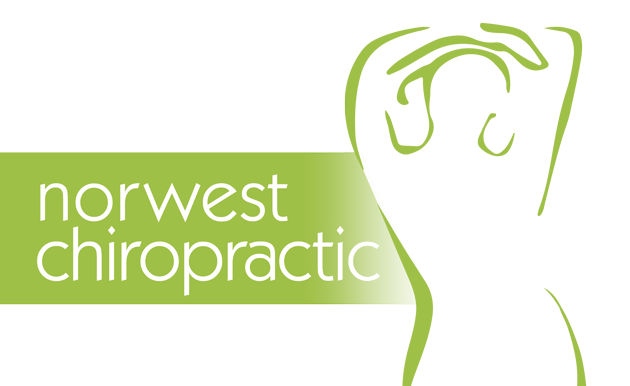Your spine is remarkably strong—but like any structure, it has its limits.
Whether you’re lifting weights at the gym, moving boxes at work, or just carrying the groceries in from the car, how you lift—and how much you lift—can significantly impact your spinal health. But how much is too much?
The Science of Spinal Load
Every time you lift something, your spine bears the load—not just of the object, but also of the leverage created by your posture. Bending incorrectly or twisting while carrying weight can multiply the stress on your spinal discs and joints.
In fact, research has shown that compressive forces exceeding 3,300 newtons (approximately 337 kg) can place the lumbar spine at significant risk for injury, especially when repeated over time (Gallagher & Marras, 2012).
And it doesn’t take a gym session to get there. Everyday actions—like lifting a 20kg object while bending—can easily generate over 2,000 newtons of pressure on your lower back.
Safe Lifting Guidelines
To protect your spine from overload, keep these lifting principles in mind:
-
Lift with your legs, not your back. Keep your spine neutral and bend at the knees.
-
Keep the load close to your body. The farther out you reach, the more strain you create.
-
Avoid twisting. Pivot your feet instead of rotating your spine while carrying a load.
-
Know your limits. If it feels heavy, get help—or use a trolley or lifting aid.
-
Rest and recover. Repetitive strain can be just as harmful as one heavy lift.
Spinal Load at Work and Home
Workplace lifting often involves repetitive motions, poor ergonomics, or awkward angles. But even at home, lifting toddlers, moving furniture, or loading the boot of your car can add up—especially if your spine is already under stress.
If you frequently feel back tightness or stiffness after lifting, or you experience sharp pain during certain motions, it could be a sign that your spinal load capacity is being exceeded.
Prevention Is Key
The best way to avoid spinal overload is by strengthening your core, practicing proper technique, and staying mindful of posture. But even with the best form, accumulated stress can cause microtraumas that add up over time.
Regular spinal check-ups can help you stay ahead of the curve—by improving alignment, addressing imbalances, and helping your body move and lift more efficiently.
Your back is built for movement, not for carrying the world. Knowing your load limits and lifting smarter can help you stay strong, injury-free, and moving well for years to come.
Book your chiropractic appointment today.
Sources: [1] Gallagher, S., & Marras, W. S. (2012). Tolerance of the lumbar spine to shear: A review and recommended exposure limits. Clinical Biomechanics, 27(10), 973-978. https://pubmed.ncbi.nlm.nih.gov/22967740/

